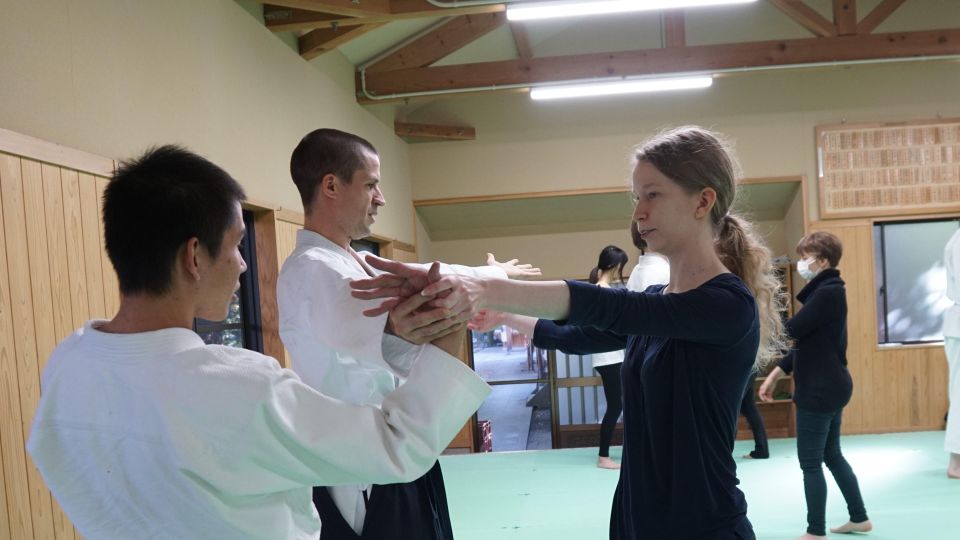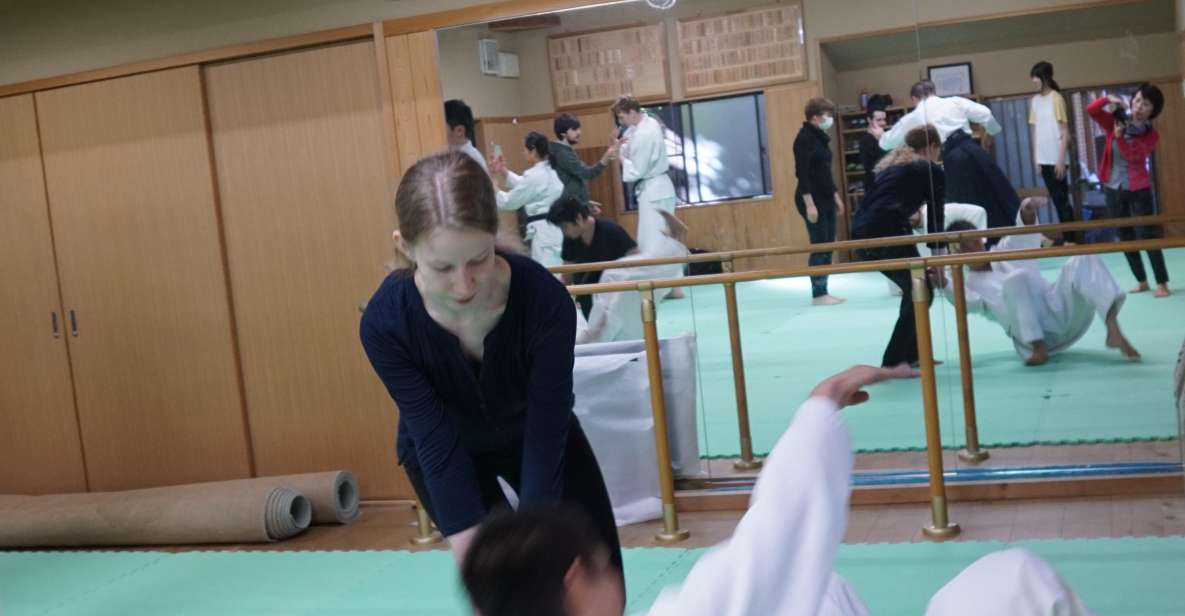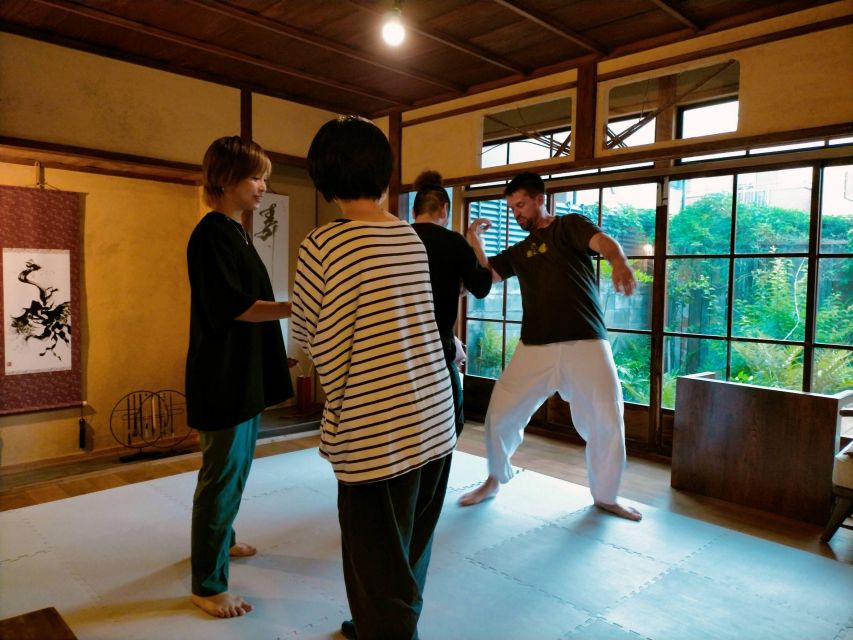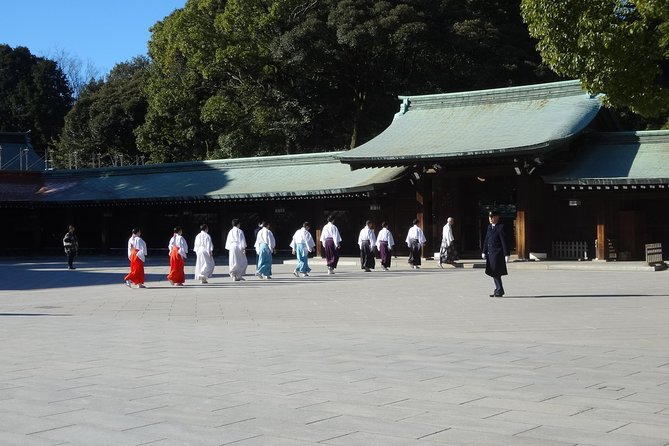What Is Aikido? (An Introduction to the Japanese Martial Art)
Coincidentally blending power and tranquility, Aikido has become a worldwide phenomenon, captivating martial arts enthusiasts with its unique approach and philosophy.
This article give you a comprehensive introduction to the essence of Aikido. Developed in the early 20th century by Morihei Ueshiba, known as O-Sensei, Aikido emphasizes harmony and self-defense.
Unlike other martial arts, Aikido focuses on redirecting an opponent’s energy through circular movements, joint locks, and throws, rather than relying on brute force. By neutralizing attacks while maintaining a calm demeanor, practitioners of Aikido aim to achieve a peaceful resolution.
From its origins and principles to its influence on Japanese culture, this article offers valuable insights into the captivating world of Aikido.
Quick Takeaways

- Aikido is a Japanese martial art developed in the early 20th century by Morihei Ueshiba.
- Aikido focuses on harmony, non-aggression, and the preservation of life.
- Aikido techniques involve blending and redirecting energy through circular motion.
- Practicing Aikido provides benefits such as self-defense skills, improved mental and emotional well-being, reduced stress, and enhanced physical fitness and coordination.
Origins of Aikido

The origins of Aikido trace back to the early 20th century in Japan, with its development primarily influenced by the teachings and philosophies of Morihei Ueshiba. Ueshiba, also known as O-Sensei, combined his knowledge of various martial arts, including jujitsu and swordsmanship, with his spiritual beliefs to create Aikido.
One of the key influences on modern martial arts, Aikido emphasizes blending and redirecting an opponent’s energy rather than meeting force with force. It promotes harmony and non-aggression, making it unique among other martial arts.
Famous Aikido practitioners include Koichi Tohei, who popularized Aikido in the United States, and Morihiro Saito, who dedicated his life to preserving and disseminating Ueshiba’s teachings. These practitioners have contributed to the growth and recognition of Aikido worldwide.
Here's some other great tours and experiences that we think you'll like.
Principles and Philosophy

Aikido incorporates a comprehensive set of principles and philosophies that guide its practitioners in their approach to martial arts. These principles and philosophies are deeply rooted in the teachings of its founder, Morihei Ueshiba. Aikido techniques are not focused on overpowering or defeating an opponent, but rather on blending with and redirecting their energy. This approach reflects the underlying philosophy of Aikido, which emphasizes harmony, non-aggression, and the preservation of life. The table below highlights some key principles and philosophies of Aikido:
| Principle/Philosophy | Description |
|---|---|
| Harmony | Aikido aims to achieve harmony with one’s opponent by redirecting their energy instead of opposing it. |
| Non-aggression | Aikido practitioners seek to resolve conflicts without causing harm or injury to their opponents. |
| Preservation of life | Aikido emphasizes the value of life and prioritizes peaceful resolutions over violence. |
| Blending | Aikido techniques involve blending with an opponent’s movements to neutralize their attacks. |
| Circular motion | Circular movements are employed in Aikido to create momentum and maintain balance. |
These principles and philosophies not only guide Aikido techniques but also extend to the practitioner’s mindset and approach to life. Aikido philosophy encourages practitioners to cultivate a sense of inner peace, develop empathy, and promote harmony in all aspects of their lives.
Techniques and Training
.jpg)
Aikido practitioners train in a variety of techniques to develop their skills in blending with and redirecting their opponent’s energy. Here are four key aspects of Aikido techniques and training:
-
Throws and Joint Locks: Aikido emphasizes the use of circular movements and leverage to neutralize an attacker’s aggression. Practitioners learn to redirect their opponent’s energy, often resulting in throws or joint locks that immobilize them.
-
Ukemi: Ukemi refers to the practice of falling and rolling safely to protect oneself during training. Aikido training places a strong emphasis on ukemi, as it allows practitioners to safely receive techniques and develop their ability to flow with the movements.
-
Weapons Training: Aikido incorporates the use of traditional Japanese weapons such as the wooden sword (bokken) and staff (jo). Training with weapons helps practitioners understand the principles of Aikido and further develop their body movements and timing.
-
Randori: Randori is a training exercise where practitioners face multiple attackers simultaneously. This dynamic practice challenges their ability to blend with and respond to different energies and attack patterns, enhancing their overall Aikido skills.
Through these techniques and training methods, Aikido practitioners cultivate not only physical proficiency but also a deep understanding of harmony, balance, and the art of non-resistance.
Benefits of Practicing Aikido
.jpg)
Practicing Aikido offers numerous physical and mental benefits to individuals of all ages and fitness levels. Aikido is not only a martial art but also a holistic practice that promotes self-defense and mental and emotional well-being.
| Benefits of Practicing Aikido | |
|---|---|
| Aikido for self-defense | Aikido techniques focus on redirecting an opponent’s energy, making it an effective martial art for self-defense. Through training, practitioners learn how to neutralize an attack without causing harm to themselves or their attacker. |
| Aikido for mental and emotional well-being | Aikido emphasizes harmony, balance, and mindfulness. By practicing Aikido, individuals develop mental resilience, emotional stability, and a deeper understanding of themselves and others. It promotes stress reduction, increased focus, and improved concentration, helping practitioners find inner peace and calmness. |
Aikido in Everyday Life
.jpg)
Individuals who engage in Aikido training incorporate its principles and techniques into their everyday lives. By applying Aikido principles, they strive for self-improvement and personal growth.
Here are four ways Aikido can be beneficial in daily life:
-
Conflict Resolution: Aikido teaches practitioners to redirect and blend with an opponent’s energy rather than meeting force with force. This approach can be applied to resolving conflicts in relationships, work, or any challenging situation.
-
Mindfulness and Presence: Aikido emphasizes being present in the moment and aware of one’s surroundings. This mindfulness can enhance focus, concentration, and overall awareness in everyday activities.
-
Physical Fitness: Aikido training involves physical movements that improve strength, flexibility, and coordination. These physical benefits can contribute to better overall health and well-being.
-
Emotional Balance: Aikido training encourages practitioners to cultivate a calm and centered mindset. This mental discipline can help manage stress, increase emotional resilience, and maintain inner balance.
Aikido’s Influence on Japanese Culture
.jpg)
The influence of Aikido on Japanese culture can be seen in various aspects of society. Aikido’s impact on mental health is one of the key ways it has influenced Japanese culture.
The practice of Aikido emphasizes mindfulness, focus, and inner calm, which can have a positive effect on mental well-being. By promoting self-awareness and teaching practitioners to remain calm in the face of adversity, Aikido helps individuals develop resilience and reduce stress.
Plus, Aikido’s role in conflict resolution is another important aspect of its influence on Japanese culture. Aikido techniques focus on redirecting an opponent’s energy rather than using force, making it a non-violent martial art.
This philosophy extends beyond the dojo and can be applied to interpersonal relationships and resolving conflicts peacefully, contributing to a harmonious society.
Here's some more great Japan experiences nearby that we think you'll like.
Frequently Asked Questions
.jpg)
How Long Does It Take to Become Proficient in Aikido?
It typically takes several years of consistent training to become proficient in Aikido. The exact training time for proficiency can vary depending on the individual’s dedication, skill level, and training frequency.
Are There Any Age Restrictions for Practicing Aikido?
There are no age restrictions for practicing Aikido. It is suitable for complete beginners of any age. However, it is important to note that participants should meet the health requirements to ensure a safe and enjoyable experience.
Can Aikido Be Used for Self-Defense in Real-Life Situations?
Aikido can be used for self-defense in real-life situations. Its practical applications focus on using posture and balance for strength and stability, making it effective in real-life scenarios.
What Is the Significance of the 5th Level Aikido Black Belt in the Workshop?
The 5th level Aikido black belt leading the workshop brings significant expertise and knowledge to the session. Participants can learn from a master who has achieved a high level of skill in Aikido.
Is There a Dress Code for Participating in the Aikido Workshop?
There is no specific dress code for the Aikido workshop, but participants are advised to wear comfortable clothing suitable for physical activity. It is recommended to wear clothing that allows for ease of movement and does not restrict mobility.
The Sum Up
.jpg)
To sum it up, Aikido is a captivating martial art that promotes self-defense and harmony. With its origins in Japan and developed by Morihei Ueshiba, Aikido stands out for its unique philosophy and approach.
By blending with an opponent’s movements and redirecting their energy, practitioners of Aikido aim to neutralize attacks while maintaining a controlled demeanor. The benefits of practicing Aikido extend beyond self-defense, as it can positively influence everyday life and even Japanese culture.
Whether you’re a beginner or a seasoned practitioner, Aikido offers valuable insights and a fascinating journey.
Where To Stay In Tokyo
Tokyo visitor levels are currently at an all-time high so make sure to book your hotels early. Tip most hotels booked with booking.com have free cancelation so book as soon as you know your date and you can always cancel if you change your mind.






